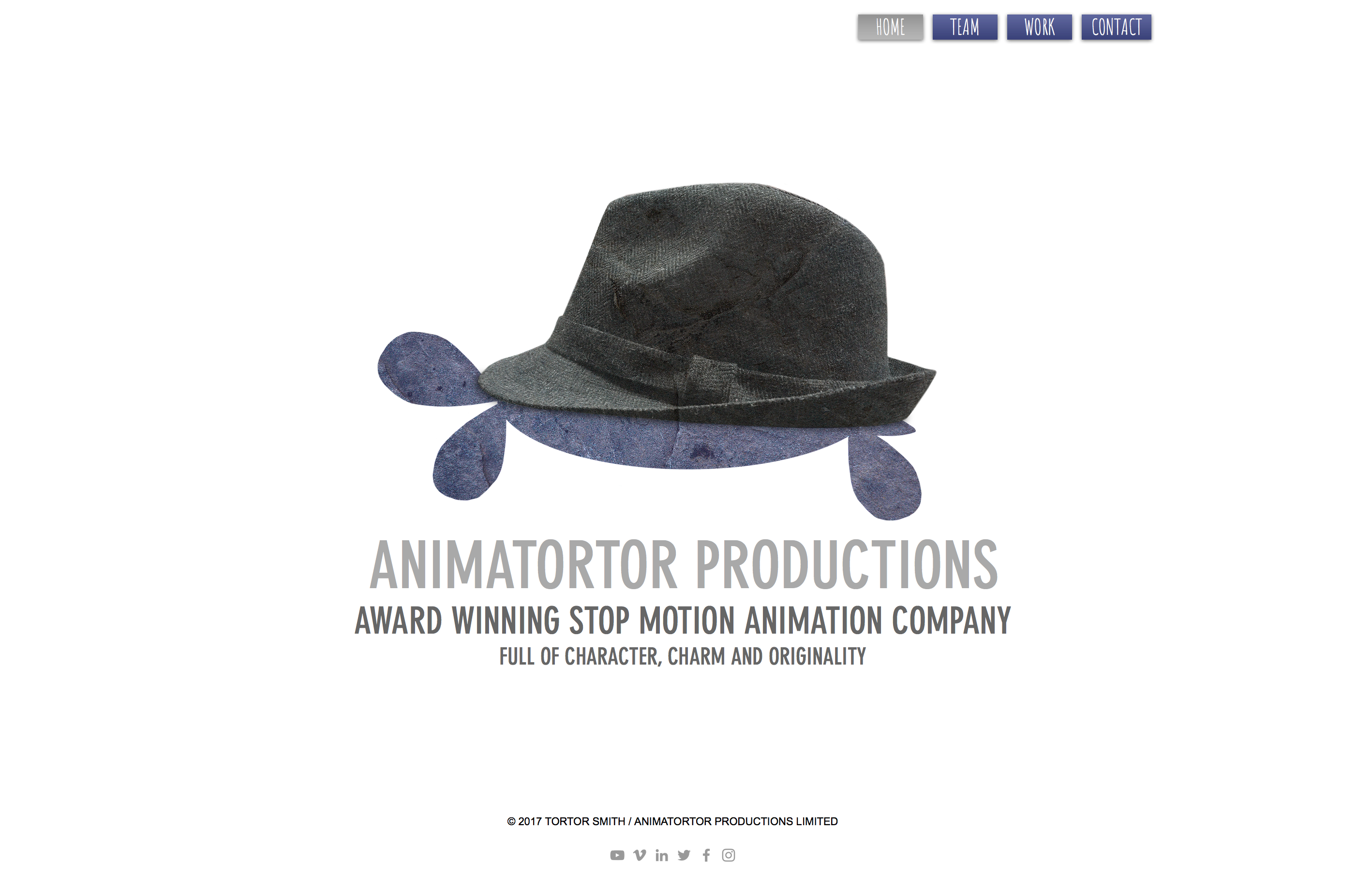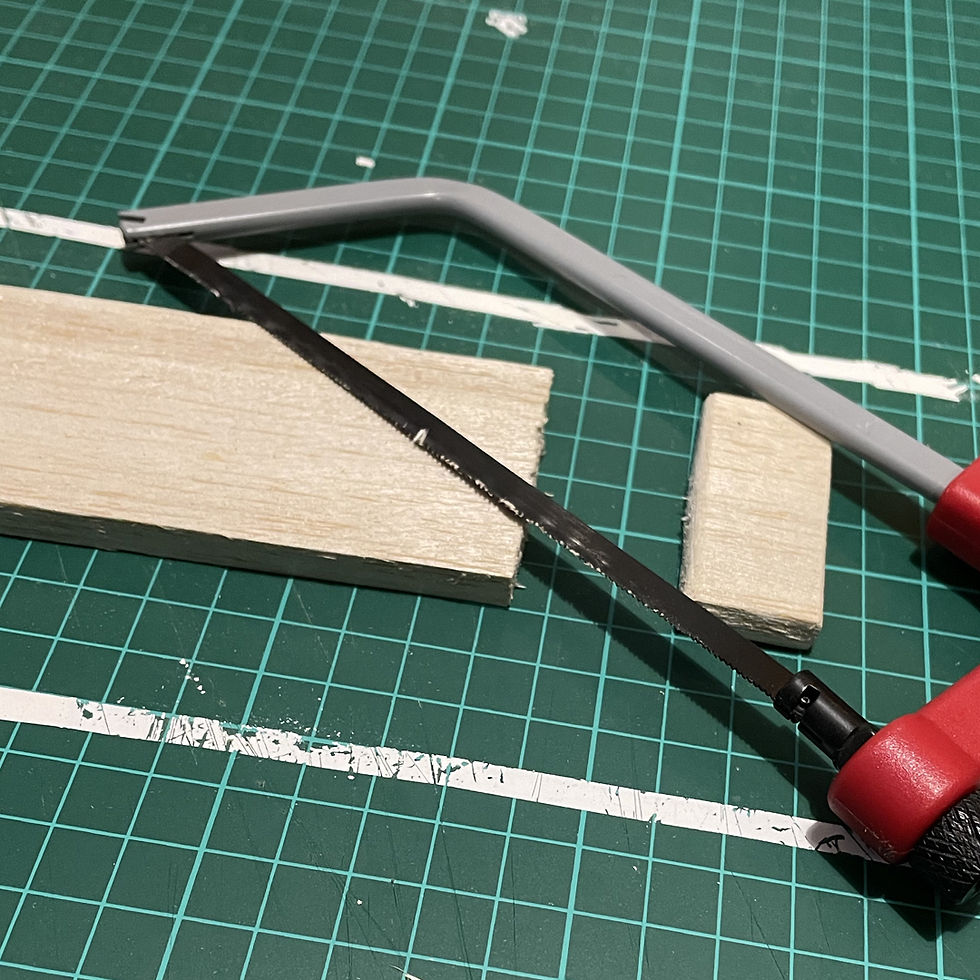Character Design and Making
- Tortor Smith

- Jul 6, 2022
- 2 min read

Materials. Armatures. Rigging points. There are so many aspects to a successful character design that it can leave you paralysed on what to do.
The best thing to do is start and work with what you have got. Stop motion is about problem solving and by just trying things out you will learn an immeasurable amount.
I've not made a lot of full-sized characters myself. The characters in my film Genre Neutral would have been best made using silicone casting over a wire armature... but I just didn't have the set-up for that. My funds were limited and I didn't have the time required to cast puppets successfully in this way. So, I just used the skills and materials I did have. Clay, balsa wood, wire and my hands.


Firstly I had to mix the precise colours I wanted. I was aiming for a baby blue and baby pink. Once enough clay was mixed I made two characters of equal sizes, one in each solid colour.

My next job was to cut these two characters down the centre as I wanted them half one colour and half the other.
I simply used a piece of stiff cardboard to cut my characters in half as this made it easy to see both sides of the character at once and make sure they were cut equally down the middle.

Once both character were in pieces I had to combine the two halves together and test out their stability on set.

SPOILER: This character was not at all stable... which meant I had a BIG problem to fix, and quickly.

What was my main issue? The character was essentially too heavy to free-stand, I had no armature inside and that meant the legs were weak and deforming under the weight of the clay on top. Animating was challenging because the character would fall over or split down the middle when handling, ugh.
What was my solution? I decided to insert a piece of balsa wood into the chest to lighten the body weight a little... with the plan that this would also then become a rigging point to give the character more stability.

I began by cutting a small chunk of balsa and sanding the edges to get it nice and smooth.
Next up I had to core out the chest clay and carefully insert this in, joining the two sides of the character around it.
I'll talk more about how this worked in my blog post on rigging and also my post on post-production clean up too.
My problems didn't end here, the more you do stop motion the more you will realise it is a never-ending stream of problem solving the whole way through a project. I'll talk about some other challenges I faced and resolved in future blog posts soon.

To Conclude: Never feel restricted by the materials or equipment you have. If you want it enough you can find a way to make what you have work for what you need.
You must consider puppet stability and rigging, if your puppet is six inches tall it likely won't stand without some form of support. Sometimes with smaller designs you can get away with no rigs, but rigs definitely help.


Comments